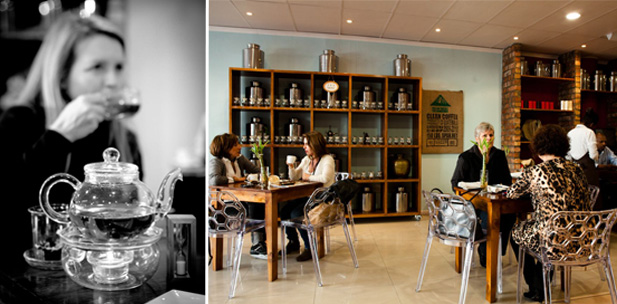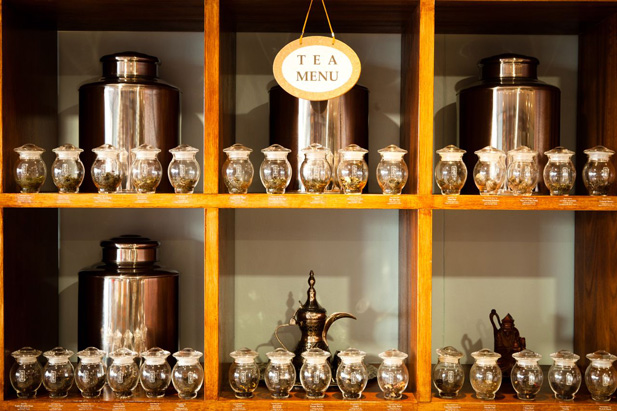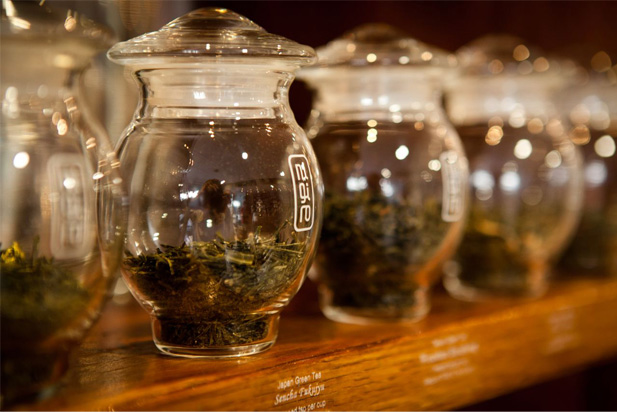The science and secrets of tea
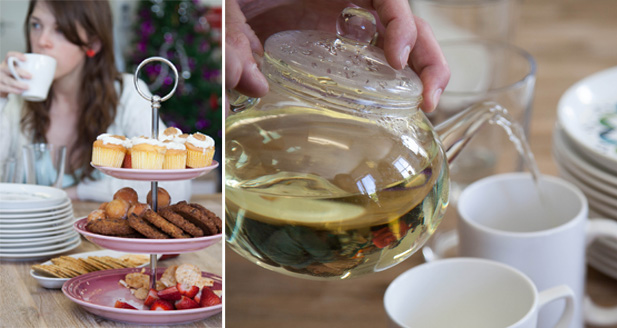
The story goes that several thousand years ago, the Emperor of China, Shen Nung, was sitting under a tree drinking hot water and contemplating matters of state, when some leaves from the tree above fell into his tea. The ensuing concoction was celebrated for its good taste and reviving nature and the cup of comfort we all know and love was born.
It may surprise you to learn that all tea is not created equal, but all tea worthy of the name comes from the same plant, the Camellia sinensis. This tree provides us with all the tea in the world (not just in China). The only differences between the various teas are region (China vs. India, for example), picking time, and treatment. There are four basic types of tea, as well as fruit or herb infusions called tisanes, or for convenience, herbal or fruit tea.
The types of tea
The four main types of tea are black, green, oolong and white tea. Black tea is the most popular worldwide, while green tea is more popular in China and Japan. Oolong is a special tea, with a taste somewhere between black and green tea, and white tea, made from the first buds of the tea tree, is both expensive and rare. Each tea, since it has been processed differently, should be made in a different way. The same trinity is used (leaves, pot, and water) but at different ratios, sizes, and temperatures. Sounds like science?
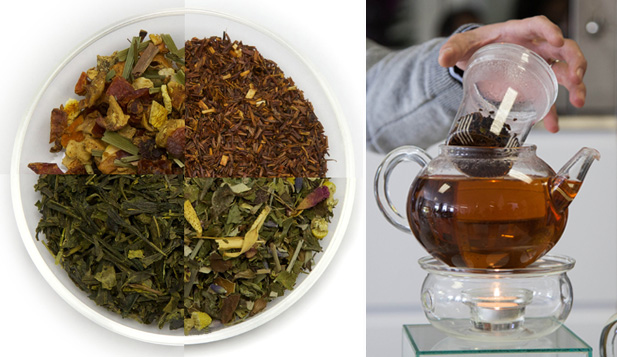
Black tea
Black tea is first dried, then rolled to release moisture, and then allowed to ferment, which turns the leaves black. Enzymes within the leaves are bound with oxygen in this process, giving it the characteristic taste and smell, as well as increasing the caffeine in black tea. Lastly, the oxidised leaves are dried again, creating a product that can be stored for six months to a year in an airtight container.
To make, fresh water should be heated to just below boiling point (a boiled kettle can be uncovered and loses 5°C every minute), and poured over the loose leaves. This should be allowed to steep for 2-3 minutes, for optimum results. If you would like a stronger tea, add more tea not time. Over-exposure to hot water can bring out unpleasant bitterness in the leaves.

Green
Green tea experiences the same double drying and rolling processes as black tea but skips the fermentation. This means the leaves are lighter, the caffeine levels are lower, and the resulting tea, more delicate.
To make, heat fresh water to about 75-80°C and pour over tea leaves. Increase the amount of tea used for a stronger brew, not time as this will make your tea bitter.
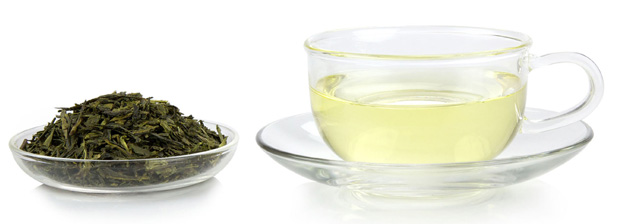
Oolong
Oolong tea is produced in the same way as black tea but the fermentation time is shorter, leading to a lower caffeine level and a weaker flavour. Its colour and flavour is somewhere between the delicate green tea and the strong black tea. To make, follow instructions for black tea, but steep for 3 minutes. Oolong tea is not as sensitive as green and black teas and can be steeped for longer if desired.
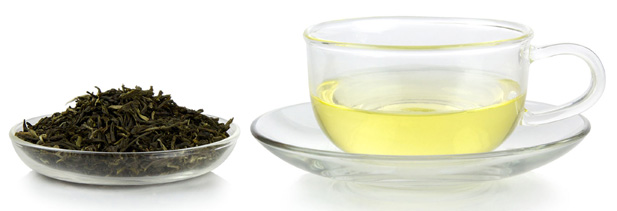
White
White tea, made from the buds of the tea plant, is a delicate tea. The buds are picked before ripening and are dried in the sun, rather than using a harsh mechanical process. There is virtually no caffeine in white tea and due its sensitive nature, it is quite rare and expensive.
To make, heat water to 70-80°C and pour over leaves. Allow to steep for 3 minutes, no longer, and enjoy the wonderful, subtle flavours.
Tisanes
Tisane is the collective name for the fruit, root, bark and leaf infusions that we drink daily. Rooibos tea, for example, is not actually tea but a leaf infusion of the rooibos plant. Some herbs, flowers and leaves are chosen for their healthful properties while other are chosen for their flavour. These are often blended together and combined with real tea to reach the desired taste and health benefits.
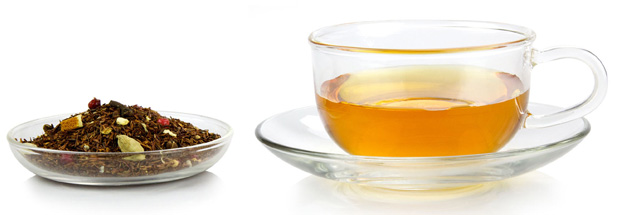
Blended tea
Tea is often blended for a variety in flavour, experience and possible health benefits. If you are blending your own tea, use the brewing instructions of the tea with the lower times and temperatures to avoid a bitter pot of tea.
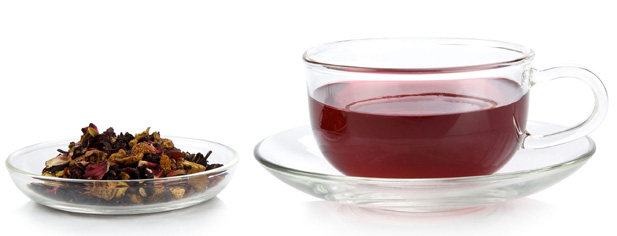
Tea culture is not huge in the West as it is in the East. Generally, we focus more on wine and coffee and are content to take tea from a bag in a cup with milk. But when there’s so much out there, so many varieties of tea, with so many health benefits, isn’t it time we started exploring and figuring out what the Chinese have known for centuries?
Take a browse through the Nigiro tea range to discover all the flavours and blends now in our Yuppiechef pantry.

